Partners in Care - O‘ahu Continuum of Care recently released their 2024 Point in Time Count (PITC)—a federally mandated census count that measures the number of people experiencing homelessness on O‘ahu on a single night in January. Maui, Kaua‘i and Hawai‘i Island PITC will be released by Bridging the Gap Hawai‘i at a later time.
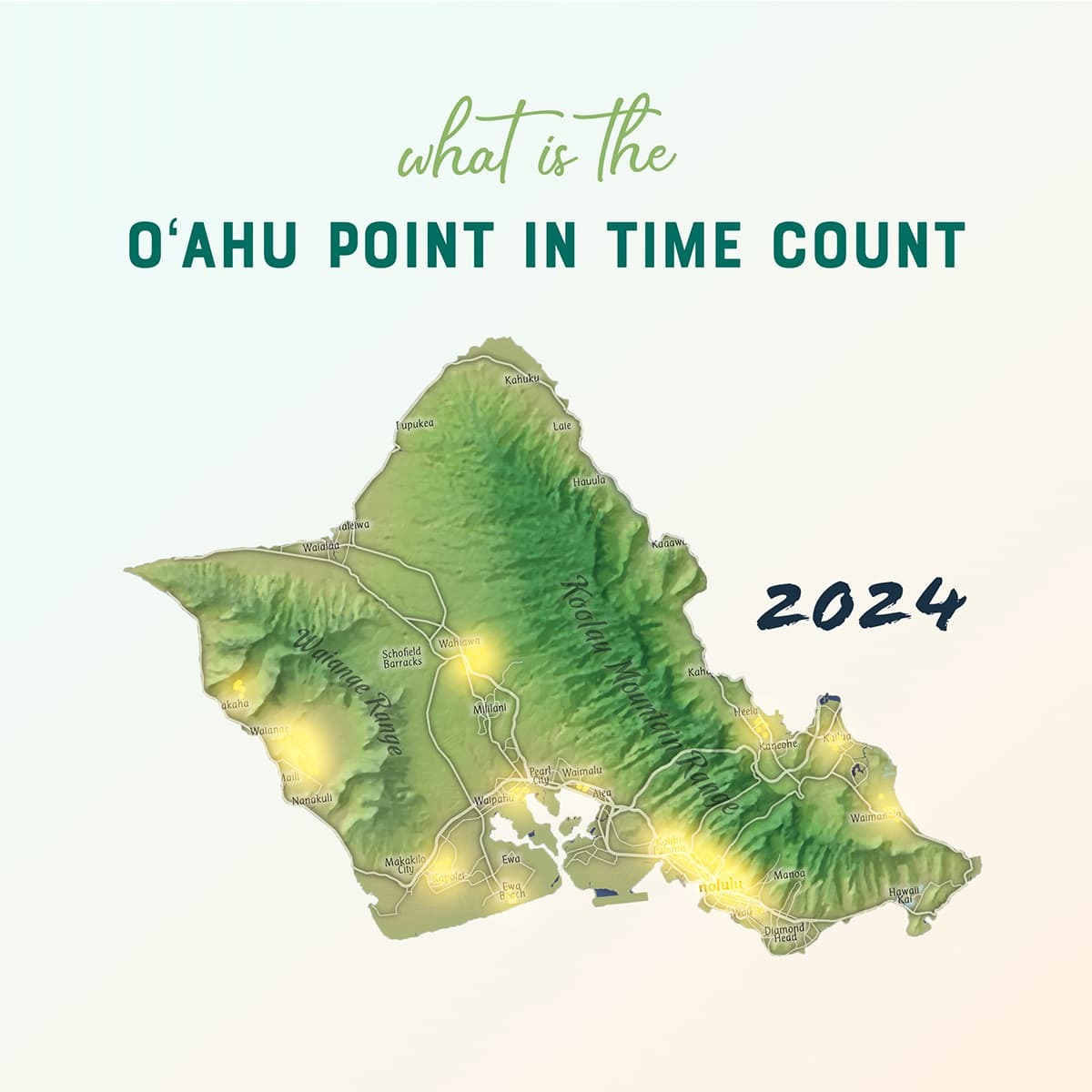
This year’s PITC took place on January 23, 2024 from 6 a.m. to 10 p.m. Staff and volunteers utilized a mobile app to collect surveys of unsheltered individuals. The results are clear: 2024 marks the largest increase in unsheltered individuals on O‘ahu since 2010.
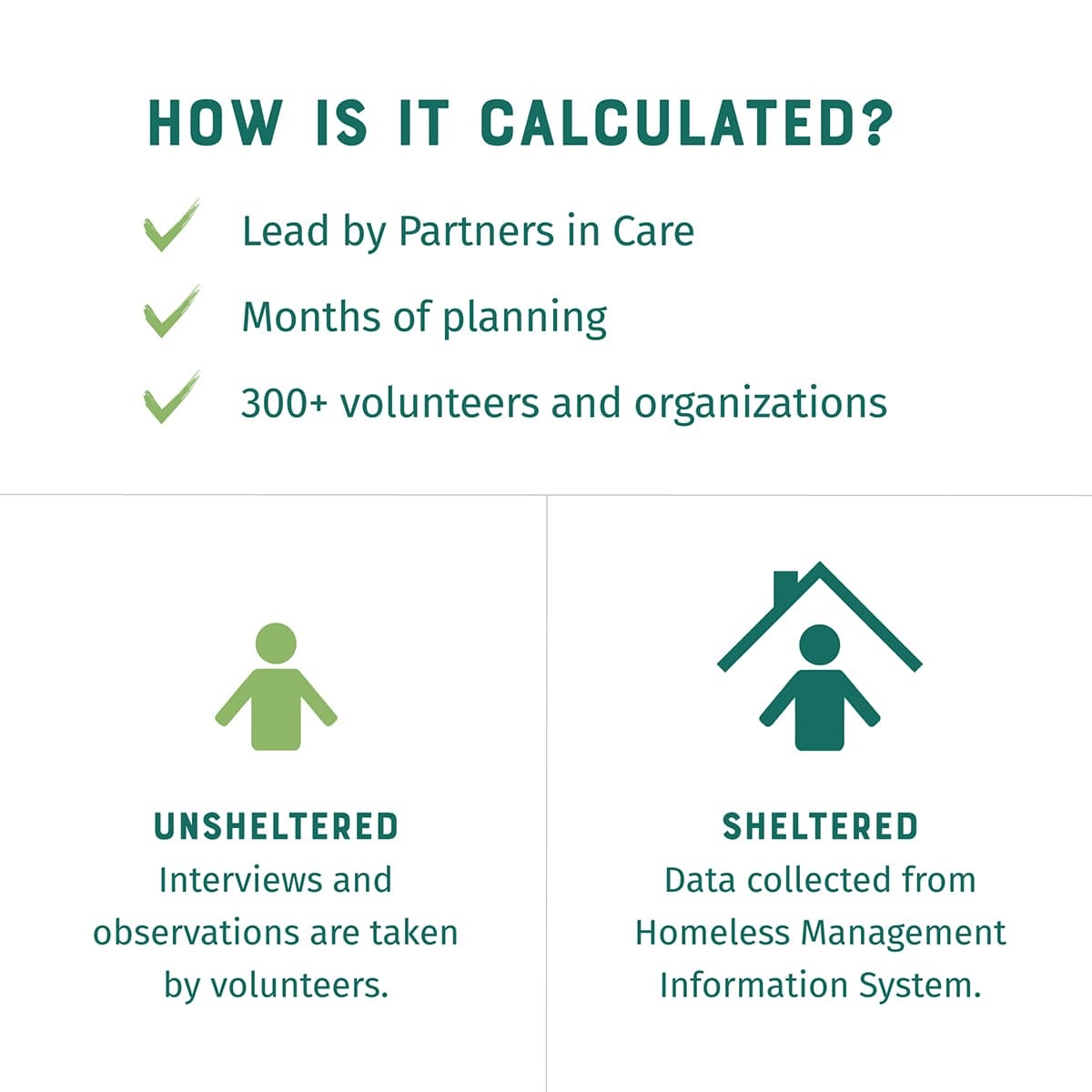
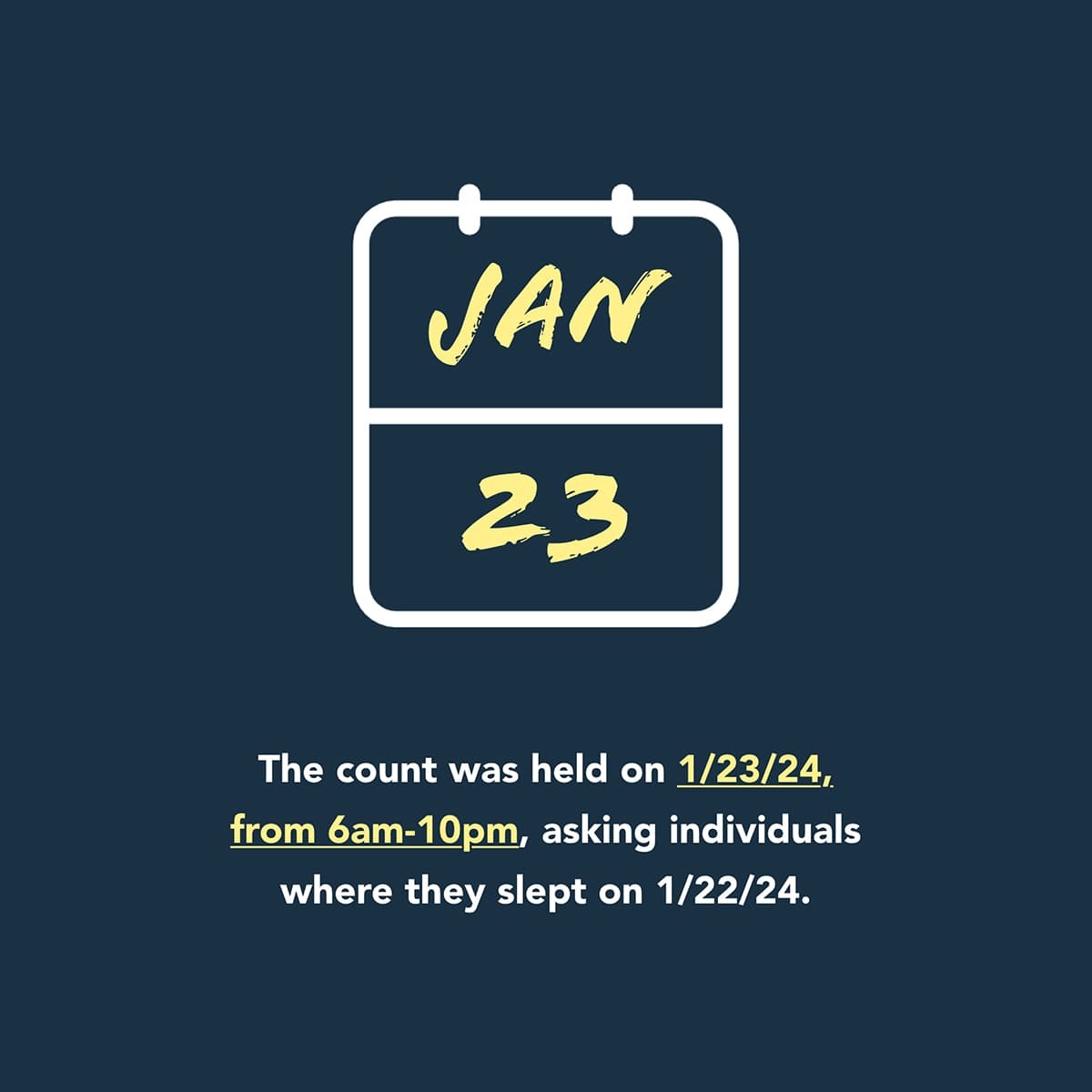

Since 2015, the percentage of unsheltered homeless counted in the PITC has been increasing steadily. This year’s count recorded 4,494 people experiencing homelessness with the majority (62%, to be exact) are unsheltered. This was a 12% increase overall in homelessness and a 17% increase in unsheltered count since the previous year. Waianae (marked as Region 7 in the PITC) had the largest percentage of unsheltered population at 28%—a 24% increase from last year’s count. The second largest percentage was the neighborhoods of Downtown Honolulu, Kalihi, Nu‘uanu (Region 1) and East Honolulu (Region 2) at 24% and 20% respectively.
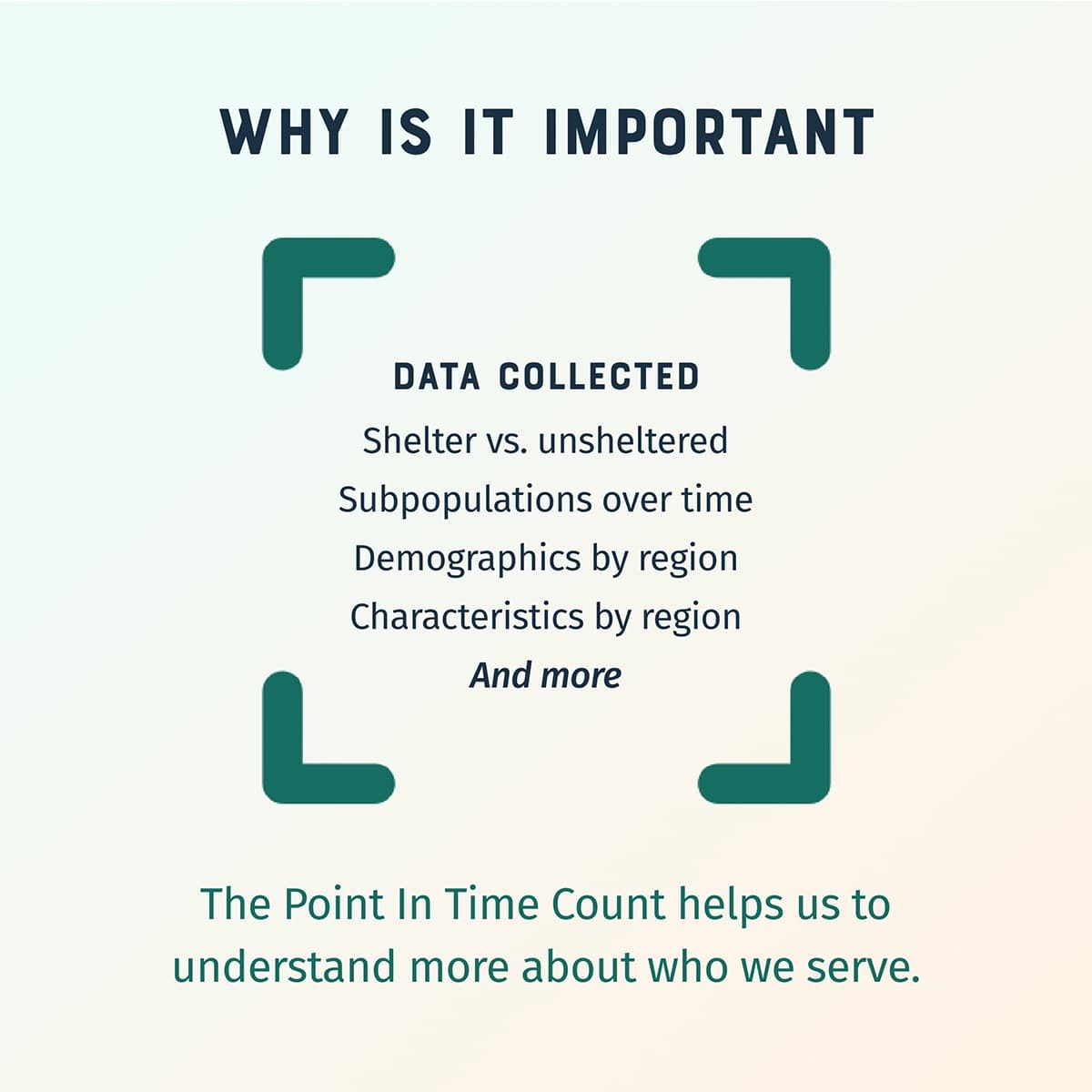
These results gathered from the PITC tell us that the need for more housing solutions has never been greater. At HomeAid Hawai‘i, one of our many initiatives is to partner with the State of Hawai‘i to create Kauhale, a Hawaiian village concept that focuses on communal living through smaller dwellings and shared spaces. This past February, two kauhale (Ka Malu Koʻolau and Hoʻokahi Leo) were released, after the PITC was measured in January.
We are dedicated to bringing Governor Green's vision to life, and to provide homes for those who are experiencing or at risk of homelessness. We believe that Kauhale will play a key role in solving homelessness because it offers both community services and housing, providing a sense of responsibility and belonging. Kauhale is also focused on building resident capacity by reducing the need for long-term services.
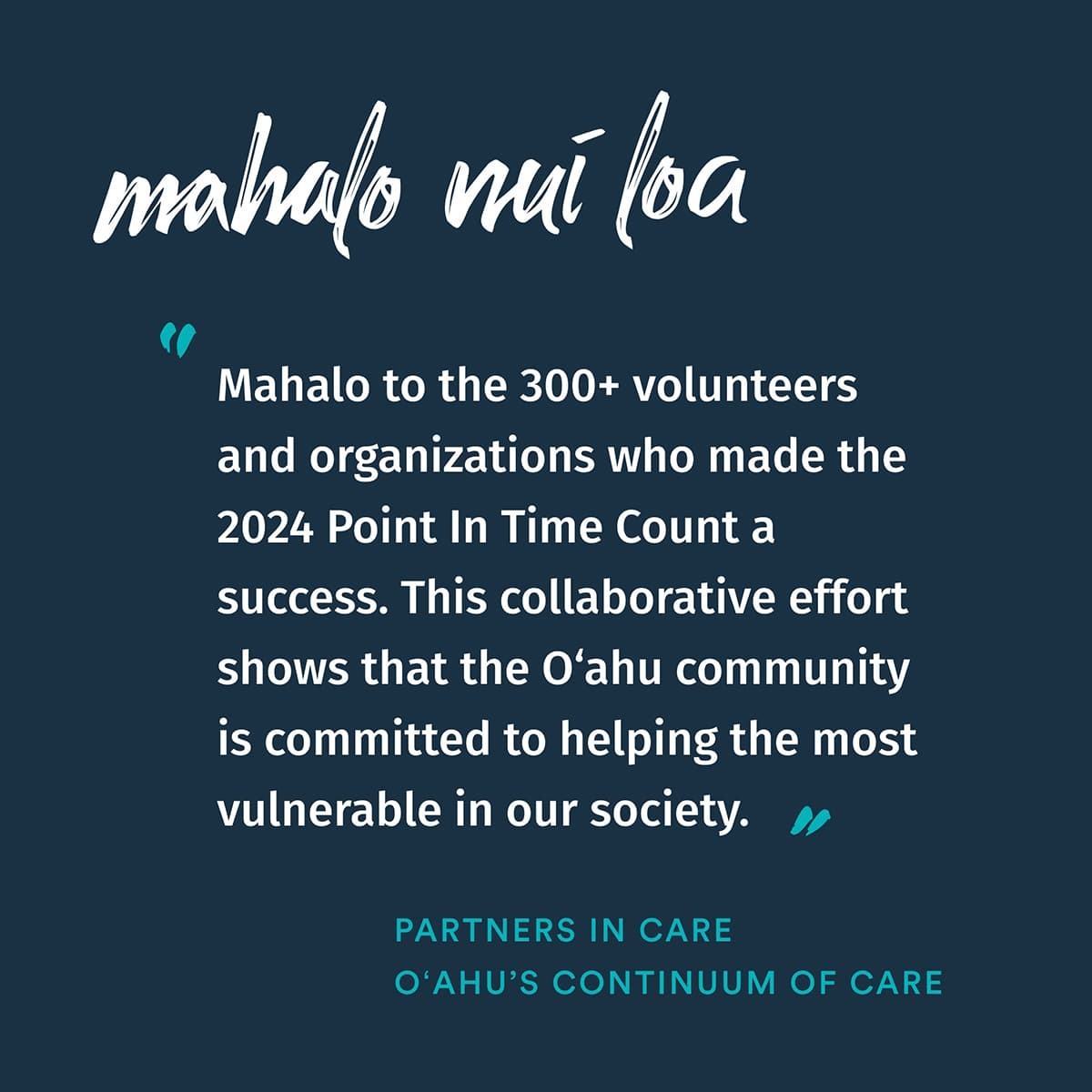
We’re grateful to Partners in Care for the extensive planning and organizing that went into gathering this data, along with the local organizations and hardworking volunteers who were involved in this important work. It truly takes a village to end homelessness in Hawai‘i.